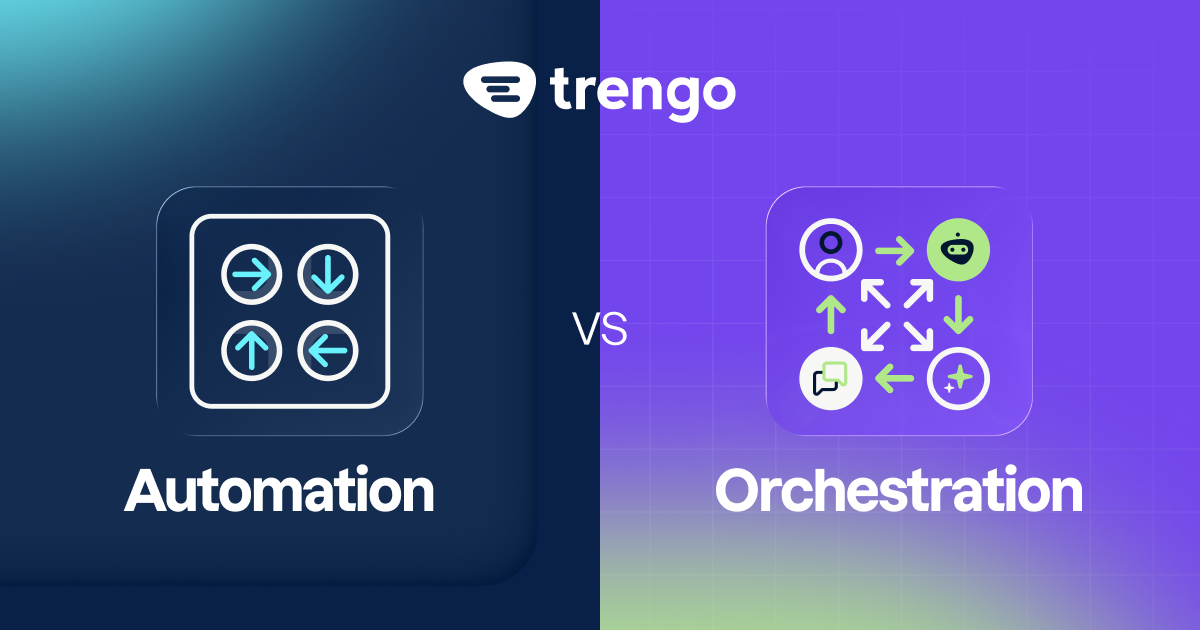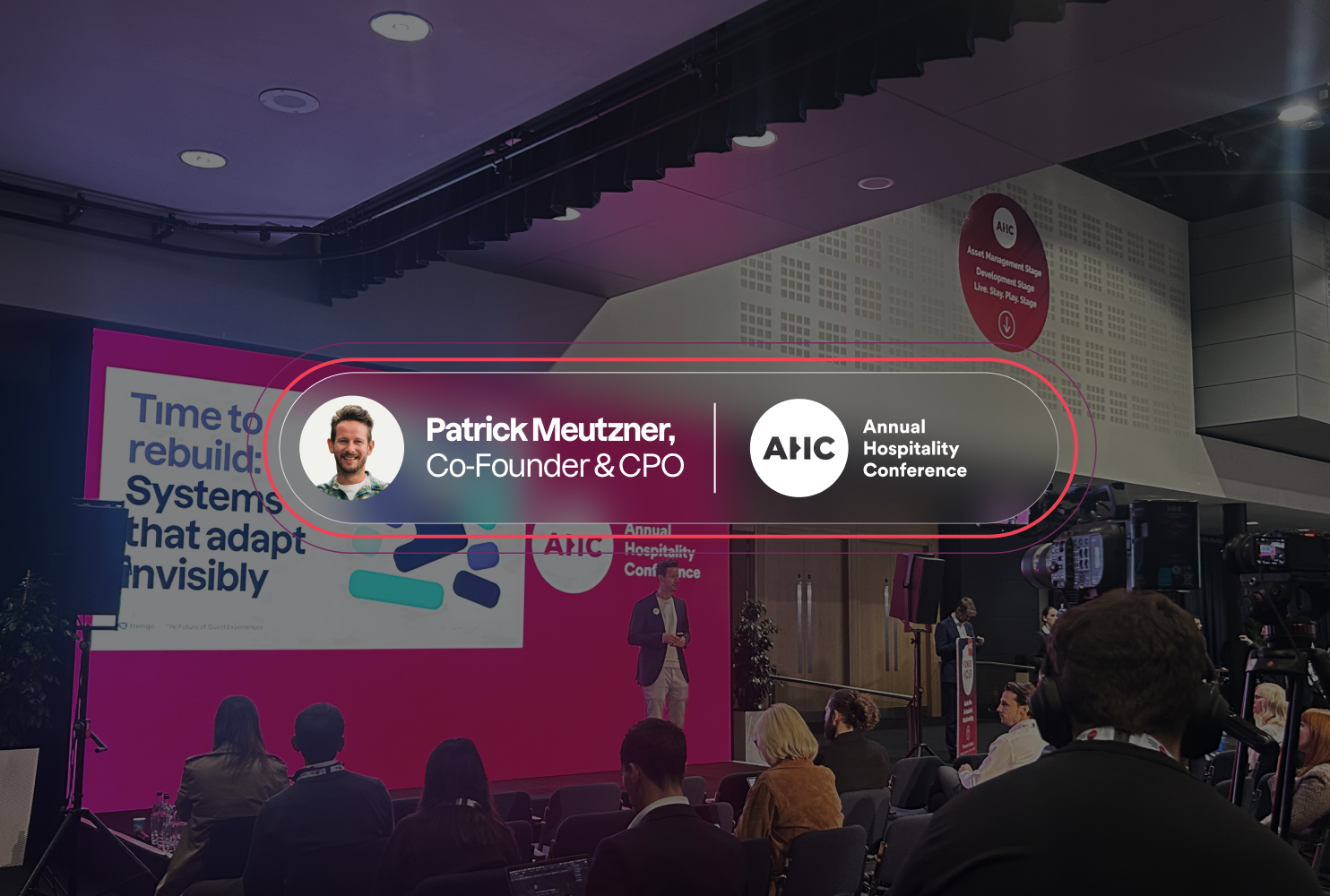WhatsApp has become an indispensable tool for both personal and business communication. As companies increasingly turn to this platform for customer engagement, understanding WhatsApp group vs broadcast features has become crucial for effective communication strategy.
Both features offer unique ways to reach multiple recipients simultaneously, yet they serve distinctly different purposes. Whether you're a small business owner looking to announce your latest promotion or a team leader coordinating with your department, choosing the right communication channel can significantly impact your message's effectiveness.
These WhatsApp features have evolved to offer more sophisticated capabilities, making them powerful tools for businesses and organizations. From managing customer relationships to coordinating team activities, understanding when to use each feature can streamline your communication process and enhance engagement with your audience.
Let's dive deep into understanding these two powerful features and discover how to leverage them to maximize your communication impact.
What is a WhatsApp Broadcast?
When comparing WhatsApp group vs broadcast features, a broadcast list is a powerful one-way communication tool. Think of it as your personal announcement channel where you can simultaneously send messages to multiple contacts while maintaining the feel of individual conversations.
A WhatsApp broadcast list allows you to reach multiple recipients at once without creating the complexity of group dynamics. It's particularly valuable for businesses and organizations that must share updates, announcements, or promotional content while maintaining a personal touch with each recipient.
Key features and benefits:
Privacy and Personalisation
Recipients receive messages as individual communications, creating a more intimate experience. Your contacts won't know who else is on the broadcast list, ensuring privacy and confidentiality in your communications.
Streamlined communication
Unlike group chats, where everyone can contribute, broadcast messages maintain a clean, one-way communication channel. When recipients respond, it creates a private conversation with you, preventing message overflow and keeping interactions focused.
Efficient message distribution
For businesses managing customer communications, broadcasts offer an efficient way to share:
- Product updates and launches
- Special offers and promotions
- Important announcements
- Event reminders
- Service updates
The broadcast feature transforms how businesses handle mass communication while maintaining the personal touch that customers appreciate in individual conversations.
How to set up a WhatsApp Broadcast
Setting up a WhatsApp broadcast is straightforward, allowing you to reach multiple contacts efficiently. Before you begin, ensure that your recipients have saved your number in their contacts - this is essential for them to receive your broadcast messages.
- Launch WhatsApp on your device
- Navigate to the chats screen
- Tap the three-dot menu in the top right corner
- Select "New broadcast" from the dropdown menu
- Choose contacts from your list to add to the broadcast
- Confirm your selection with the checkmark
- Start sending your messages to the broadcast list
What is a WhatsApp group?
A WhatsApp group is a dynamic communication space where multiple participants can engage in real-time conversations simultaneously. Think of it as a virtual meeting room where team members, customers, or communities can share ideas, updates, and collaborate effectively, all within a single, organized space. It's the perfect solution when you need interactive, multi-participant discussions!
Key features and benefits:
Group chats
Within a WhatsApp group, members can participate in lively discussions through various forms of communication. The possibilities for interaction are endless, from sharing quick text updates to sending important documents, from recording voice messages to sharing location pins. This versatility creates an engaging environment where everyone can contribute in their preferred way.
Admin controls
As a group administrator, you can shape your group's dynamics. You can designate trusted members as additional admins, control message permissions, and manage group settings. This level of control ensures that your group maintains its intended purpose and professional atmosphere, making it ideal for business communications and team coordination.
Group links
Growing your community becomes effortless with custom invite links. Instead of manually adding each participant, you can generate and share a link allowing new members to join with just one tap. This streamlined invitation process simplifies expanding your group while maintaining control over who joins.
Mentions
In busy group conversations, important messages can easily get overlooked. The mention feature solves this by allowing you to tag specific members using the '@' symbol, ensuring your message catches their attention. Whether following up on tasks or requesting urgent feedback, mentions help you cut through the noise and instantly reach the right person.
How to set up a WhatsApp group?
Creating a WhatsApp group is a straightforward process that takes just a few moments of your time. Whether coordinating with your team or building a community space for your customers, setting up a group chat allows you to unite everyone in one organized space. Let's walk through the simple steps to get your group up and running.
- Launch WhatsApp on your device
- Go to the Chats screen
- Tap the three-dot menu or New Group option
- Select "New group" from the menu
- Pick contacts to add (up to 1024 members)
- Tap the arrow or "Next" to proceed
- Add a group name and optional photo
- Tap "Create" to finish setup
- Configure group settings as needed
Difference Between WhatsApp Broadcast and WhatsApp Group
Let's explore the key distinctions that make each feature unique and valuable for different communication needs.
Reach and visibility:
WhatsApp Broadcast: Think of it as your personal announcement channel. When you broadcast a message, each recipient receives it as an individual communication, creating a more personal touch. They won't know who else received the same message, maintaining privacy and discretion in your communications.
WhatsApp group: Picture this as a virtual meeting room where everyone can see and interact with each other. All participants are visible to one another, fostering a community atmosphere where shared knowledge and group discussions thrive.
Communication flow:
WhatsApp Broadcast: Communication flows in one direction - from you to your recipients. When someone responds, it creates a private conversation between just the two of you, keeping interactions focused and clutter-free.
WhatsApp group: Everyone has a voice here. All members can share messages, media, and documents, creating a dynamic space for collaborative discussions and team interactions.
Member management:
WhatsApp Broadcast: Recipients aren't "members" in the traditional sense. They receive your messages as long as they have your number saved in their contacts. There's no joining or leaving - it's as simple as you adding or removing them from your broadcast list.
WhatsApp group: Members can join through invite links, be added by admins, or choose to leave at any time. Admins have additional controls over who can send messages and modify group settings, creating a more structured environment.
Message delivery and tracking:
WhatsApp Broadcast: Messages only reach recipients who have saved your number. You'll see individual delivery and read receipts for each recipient, helping you track message effectiveness.
WhatsApp group: Every message reaches all members regardless of whether they've saved your number. Group-wide read receipts show who has seen each message, making it easier to track group-wide communication.
Use case scenarios: When to choose Broadcast or group
Understanding when to use each WhatsApp feature can streamline your communication strategy. Let's explore the ideal scenarios for both options to help you make the right choice for your needs.
When to use WhatsApp Broadcast:
Customer updates: Keep your customers informed about new product launches, special promotions, or essential service updates. Broadcasts deliver these messages with a personal touch, making each customer feel individually valued.
Service notifications: Send appointment reminders, delivery updates, or booking confirmations directly to clients. Since responses remain private, you can handle individual queries without creating group noise.
Newsletter distribution: Share regular company updates, industry insights, or expert tips with your audience. Broadcasts maintain professionalism while allowing for personalised follow-up conversations.
When to use WhatsApp Group:
Team collaboration: Create a space for members to share updates, discuss projects, and coordinate activities. Groups excel at fostering real-time collaboration and quick decision-making.
Training sessions: Facilitate interactive learning environments where participants can ask questions, share experiences, and support each other. The group format encourages active participation and knowledge sharing.
Customer communities: Build engaged communities around your brand or service. Groups provide a platform for customers to interact, share experiences, and receive direct support from your team.
Remember, broadcasts work best for one-way, professional communication, while groups shine in scenarios requiring active participation and community building. Choose based on your communication goals and desired level of interaction.
Pros and cons of WhatsApp Broadcast and Group
Let's examine the advantages and limitations of both WhatsApp features to help you make informed decisions about your communication strategy.
WhatsApp Broadcast
Pros:
- Privacy: Each recipient receives messages as a personal communication, unaware of other recipients on your list. This creates an intimate, one-to-one feeling that enhances engagement.
- One-way communication: Messages flow in a controlled direction, reducing noise and clutter. Recipients can only respond to you individually, keeping conversations focused and manageable.
- Message control: Without group dynamics, you maintain complete control over the message flow, eliminating off-topic discussions and unwanted responses.
Cons:
- Contact requirements: Recipients must have your number saved in their contacts to receive broadcasts, which can limit their reach initially.
- Limited interaction: The one-way nature means you can't foster group discussions or community building.
- Response management: Individual replies from multiple recipients can become challenging to manage efficiently.
WhatsApp group
Pros:
- Community building: Groups enable open dialogue where all members can participate, fostering collaboration and engagement.
- Administrative features: Comprehensive admin controls let you manage member permissions, content sharing, and group settings effectively.
- Interactive tools: Features like mentions and reply threading help maintain clear communication even in active discussions.
Cons:
- Message volume: Active groups can generate numerous notifications, potentially overwhelming members.
- Privacy considerations: All members can see each other's information and messages, which might not suit every situation.
- Content control: With multiple contributors, maintaining focused discussion and preventing spam becomes more challenging.
Safety and privacy best practices
When using either feature, consider these security measures:
- Enable two-step verification for enhanced account security
- Manage your privacy settings carefully, including profile visibility
- Use broadcast lists selectively, choosing recipients who genuinely need your messages
- Implement strict group admin controls when necessary
- Regularly review and update your contact and member lists
- Back up your chats securely while being mindful of storage locations
Leverage WhatsApp Broadcasts, reach your audience
Understanding the key differences between WhatsApp broadcasts and groups is essential for effective communication. Broadcasts excel at delivering professional, one-way messages while maintaining privacy, making them perfect for business announcements and updates. Groups, on the other hand, are ideal for collaborative discussions and building community engagement.
Remember to prioritize security and privacy regardless of which feature you choose. Enable two-step verification, manage your privacy settings carefully, and be selective about who you communicate with.
Ready to enhance your WhatsApp communication? Consider trying Trengo's WhatsApp Business API solution to streamline your business messaging and take your customer engagement to the next level.




.png)











